Who won the Korean War? History is a funny thing and as we know largely written by the victors. So, with a question like who won the Korean War, we actually get multiple answers. The Democratic Peoples Republic of Korea certainly sees the war as a victory. To the Chinese, the “War to resist America and aid Korea” (catchy huh) was also considered a success.
From the southern point of view, communism was held back, the Americans saw it as a stopping a domino, and the rest of the world? Who won the Korean War from a global point of view might also get a myriad of answers. although the general consensus is that it was a draw.
And the reason we might call it a draw? Firstly both governments survived and kept their own government systems, whilst largely maintaining the same border, but this is where the interesting part to this comes in.
Many people know about the what led to the divided nation of Korea, in that it was split on the 38th parallel into Soviet, and American spheres of influence, and we know about the aforementioned Korean War, but what many do not realize is that there are chunks of both the DPRK and ROK that were on the other side of the border before the signed that armistice. We can therefor theoreitcally look at this and work out who won the Korean War.
So, who won the Korean War with regards to territory?
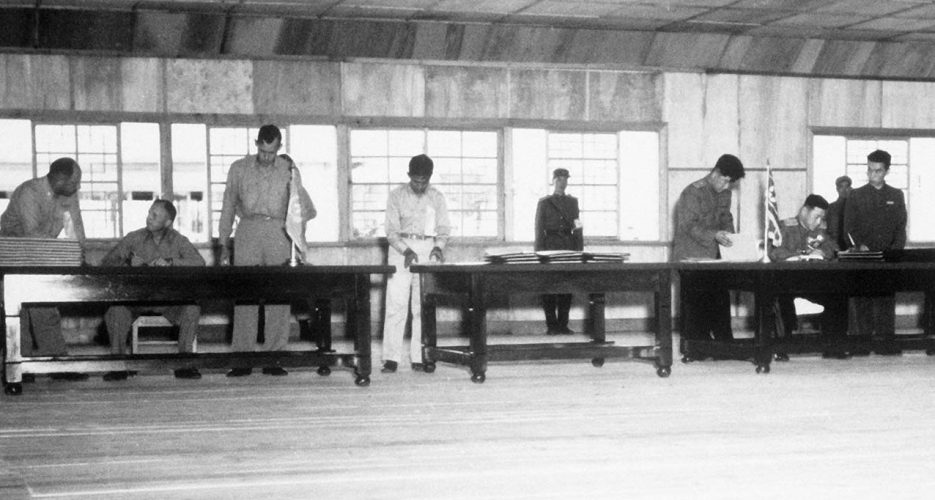
We now leave out the political side of who won the Korean War and concentrate n the land issues. Specifically Kaesong, where the armistice was eventually signed. This historic city was certainly won by North Korea.
Kaesong is a significant city in the culture of Koreans, both north, south and beyond. It was previously an imperial capital, holds numerous cultural relics, and the whole town is a UNESCO heritage site. Where it not for the Korean War though, it would currently be part of South Korea.
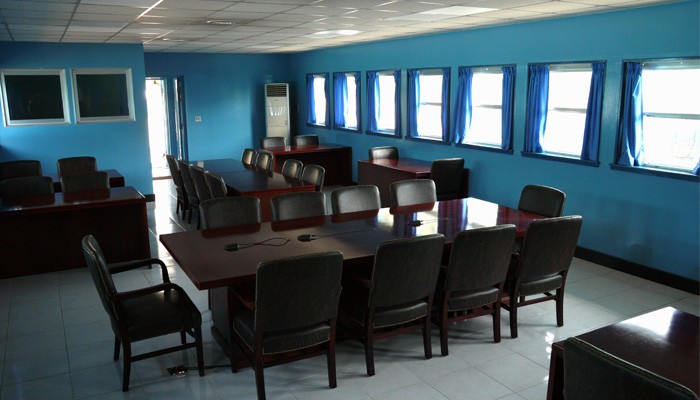
Today Kaesong is home to around 310,000 residents is regularly visited on North Korean tours and is also home to the Kaesong Joint Industrial complex run by both Koreas. Due to its proximity to Seoul, it has hosted many important meetings.
Although areas of the old “North” became part of the “South” post-war, Kaesong was the only major city to change hands following the peace. It was also by far the biggest land victory for the DPRK in the conflict.
What did South Korea win during the Korean war?
To be clear we are leaving politics out of this, but the Republic of Korea got to still exist and keep its political system (to an extent), but what land did South Korea win during the inta-Korean conflict?
As previously stated, Kaesong was the only city to change hands as a result of the Korean War, but some smaller places on the Korean Borderlands were previously northern but became part of the south. In short, everything north of the 38th that is now part of the Republic of Korea, but let’s go into specifics.
Cheorwon County – now in South Korea
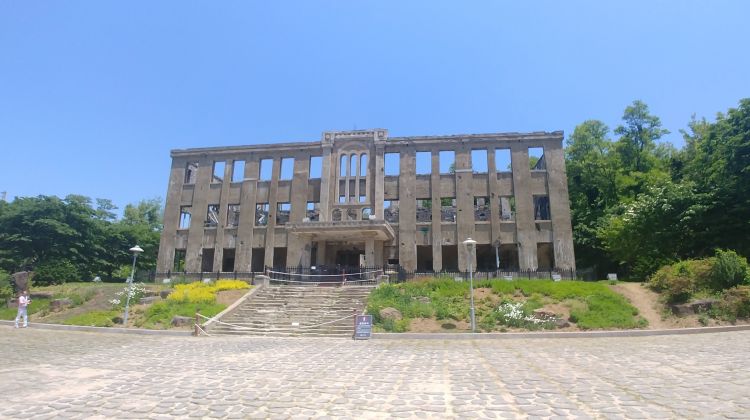
Cheorwon County now in South Korea located literally on the border with North Korea. Following the 1945 division of Korea, the whole of Cheorwon County was located in what would become the DPRK. However, following the armistice, the county was divided into two places, one north, one south, and both part of the Demilitarized Zone. You’ve heard of divided countries, but here we have a full-on divided county. Thus both countries have a Cheorwon County. .
Tourism wise there’s a lot to see here, such as an observatory to North Korea, as well as the “second tunnel.” There’s also Cheorwon station, originally built in 1912, but is now an unused historical relic.
Most interestingly (perhaps) is the former Workers Party of Korea office, which can also be visited.
Sokcho – now in South Korea
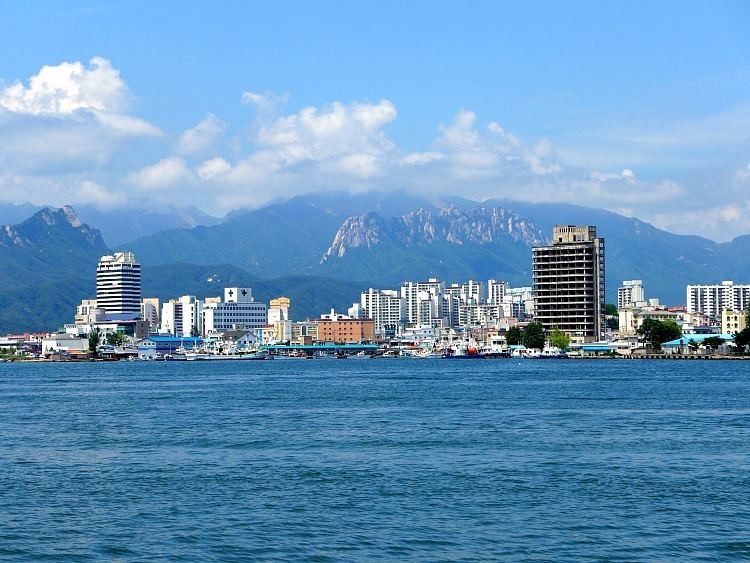
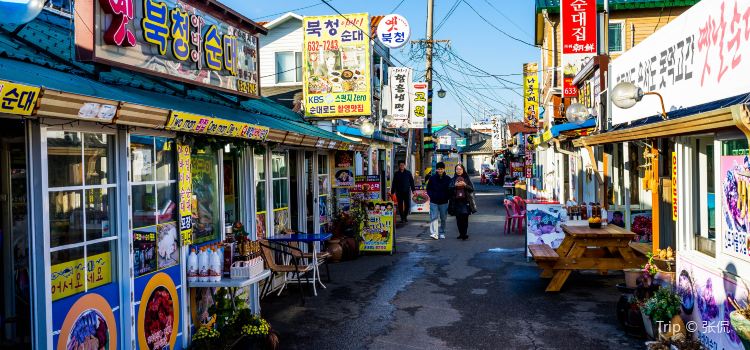
Now, this is the big kahuna when it comes to what the south gained from the war, and while perhaps not as prestigious as Kaesong, it is still somewhat important. So much so that Kim Il Sung had a villa on the coast here.
North Korean tourism IN South Korea
Tourism wise there is another observatory, the former home of Kim Il Sung (as mentioned) as well as Seoraksan National Park.
Abai Village has gained popularity due to a Korean TV show, but it was originally created for refugees, or “leftover people” from the Korean War, meaning many of the residents still have relatives in the north. Apparently, the Abai Sundae is also popular, although you can forget toffee and ice-cream. It is squid stuffed with vegetables…..
It is also a reasonably bustling and pleasant seaside town that is well worth a visit, whether you are a DPRK watcher or not.
Eventually, we’d like to do a blog on the whole DMZ Borderlands, but for now, this answers the question of “what territory changed hands after the Korean War.” and “Who Won the Korean War”.
Who won the Korean War total land mass changing hands?
One of the major sticking points, as well repatriation of POW’s was how to divide the border. It was eventually agreed to divide under existing battle lines, rather than the original 38th parallel.
By sheer land mass South Korea finished the war with more land than it had started with, so if land is how you judge things then South Korea won the Korean War.
Korea is still at war!
A point we have largely ignored, but should be heavily considered is that North and South Korea are still technically at least “at war”. In this respects and not just abstractly no one has won the Korean War as it is still “active”. This has been something very much in the news with regards to their being a permanent peace agreement. Should that ever happen maybe then we can judge who won the Korean War and perhaps even see peace on the Korean peninsula.
If then the states are still at war then no one won the Korean war as it is not (yet) over!
Who lost the Korean War?
So, while every side claims victory and no side claims defeat lets look at this from another angle. Who lost the Korean War? That would be the Korean people, a set of brothers and sisters broken up simply because of Cold War politics and indeed its very real hangover.
For more information on any of our tours please click here to contact us.





